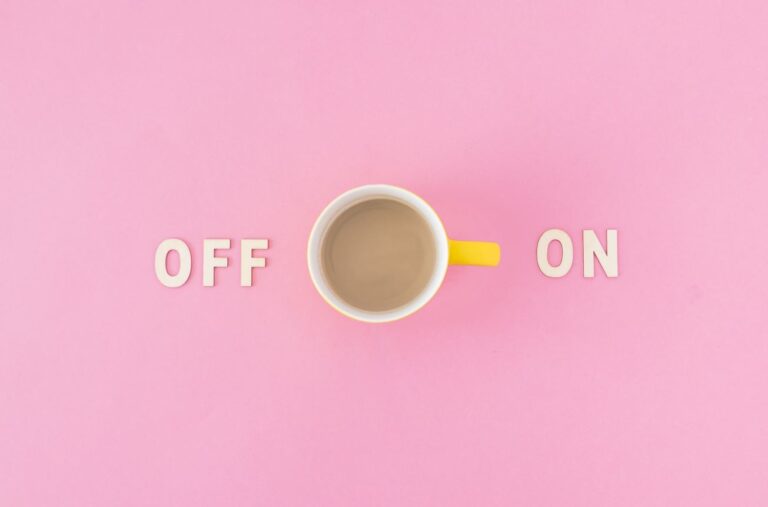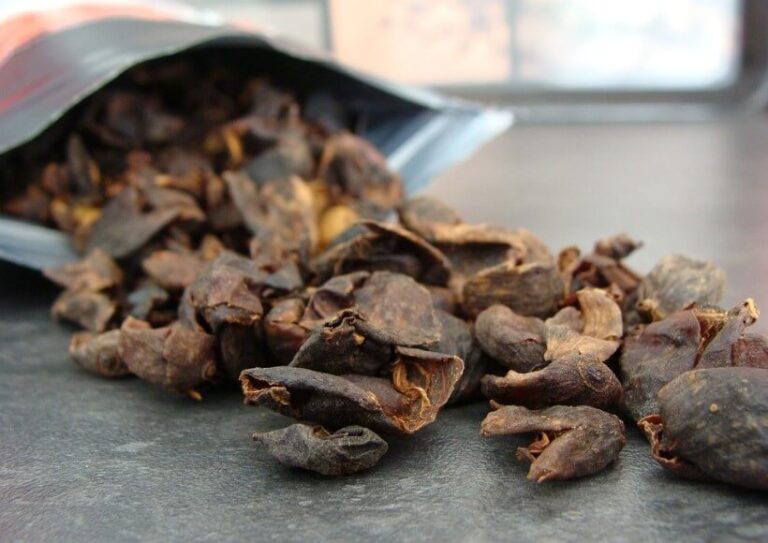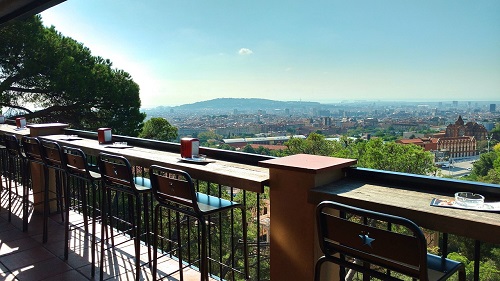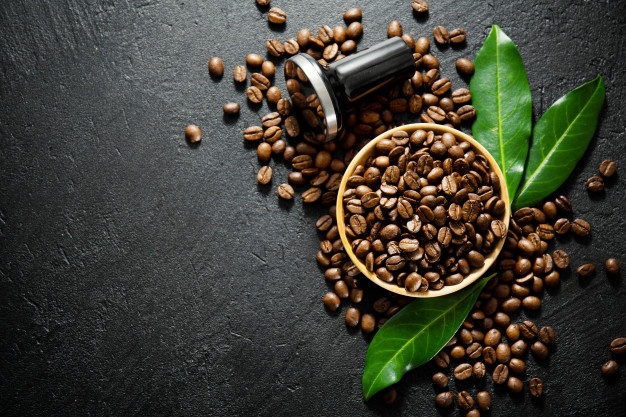You’re sipping on coffee and wondering about its caffeine content? Soon, you’ll get an answer to your question.
First of all, it matters what kind of coffee you’re drinking. The caffeine content of an espresso cup differs from that of a cold brew or a V60 pour-over.
There can also be differences among products of different brands: Omnia, Tchibo, Nespresso, Starbucks, McDonald’s coffee, or even some specialty coffee brands.
It’s also important to consider the type of coffee you’re using for your drink and the amount of water you use in the process.
The more water you use, the more caffeine you can extract from the coffee beans.
This often depends on the brewing method. The V60 mentioned above, for instance, requires a relatively large amount of water to brew, while a lever espresso machine uses about a tenth of that water. A Moka Pot coffee falls somewhere in between.
“I’d like a strong coffee” – a common phrase. When saying this, the problem is that many people aren’t referring to the caffeine content but to the flavor. Think about people you know: When they ask for a strong coffee, are they thinking of a 25ml intense, thick crema espresso or a nearly tea-like, mug-sized long coffee?
But let’s get to the heart of the matter and let the numbers speak. Most research typically measures the caffeine content of a coffee per 100 ml.
How Much Caffeine in a Cup of Coffee?
| Coffee Type (per 100 ml) | Caffeine Content (mg) |
| Decaffeinated coffee | 2-15 |
| Espresso and long coffee* | 40-70 |
| Filtered coffee | 80-200 |
| Instant coffee | 60-100 |
| Capsule coffee | 40-130 |
*The caffeine content of a traditionally understood long coffee isn’t greater than that of an espresso, as Americano coffee is made by adding hot water to an espresso.
The Effect of Coffee and Caffeine
What’s the healthy daily intake? The experts have set the maximum daily limit at 400 mg. This is a value that nobody is recommended to exceed – but it’s important to know that everyone’s body reacts differently to caffeine. It could very well be that the limit is only 300 mg in your case.
Coffee has many beneficial effects, but excessive consumption can negatively impact your body.
It helps, for example,
- in stimulating the brain,
- in protecting the liver, stomach, and kidneys (it contains a lot of antioxidants),
- in preventing type 2 diabetes, Alzheimer’s, and Parkinson’s disease.
On the other hand,
- It can lead to addiction
- with side effects like insomnia and anxiety,
- and it can also stain teeth and lead to tooth decay.
Enjoy your coffee as long as it feels good – but be aware of the harmful effects! We don’t recommend consuming more than 4-5 cups of espresso or 2-3 cups of long coffee daily.
Caffeine Content of Green Coffee: Arabica and Robusta
It matters what type of coffee beans form the basis of your drink. An Arabica coffee bean contains about 1.2-1.8% caffeine, while a Robusta bean has almost twice as much: over 2.5%!
Caffeinated beverages, instant coffee, and coffee capsules
The caffeine content in instant coffee and capsules differs, too. Instant coffee is great: you pour the content of the sachet into the cup, add hot water, stir, and it’s ready.
A significant portion of store-bought coffee is pre-ground and made from Robusta, or it’s a blend of Arabica and Robusta. So, while your drink might seem weaker in taste, it’s rich in caffeine – don’t consume these in excess, either!
And speaking of capsules, many need to realize that the scale on Nespresso products doesn’t indicate how strong the coffee is regarding caffeine. It’s more about showing the fullness of its flavor.
A strong Nespresso capsule, like Arpeggio or Kazaar, yields a bolder, more bitter drink, while a lower intensity, such as the Cosi capsule, results in a smoother, silkier coffee.
My subjective opinion: I’ve tried them, too, and even a few craft coffee roasters have introduced their Nespresso-compatible capsules to the market.
I don’t like capsules for two reasons:
- pre-ground, thus not fresh. It always offers different intense aromas and flavors than freshly roasted specialty coffee!
- Making coffee is a relaxing, enjoyable process, an essential part of “me-time.” Brewing a coffee, savoring its aroma, taking a sip – it’s incomparable. And it doesn’t harm the environment either!
Caffeine Capsules: How Much Caffeine Do They Contain?
Most caffeine tablets are equivalent to a cup of espresso and are usually sold in a packaging of around 100 mg per tablet.
The effect of tablets and coffee is nearly the same, but it’s not as natural of a source of intake.
Caffeinated Drinks vs. Coffee’s Caffeine Content
Lastly, let’s see how many mg of caffeine are in other caffeinated beverages.
| Caffeinated Drink (100 ml) | Caffeine Quantity (mg) |
| Coca-cola | 13.5 |
| Green Tea | 15-20 |
| Black Tea | 15-20 |
| Red Bull | 32 |
| Other Energy Drinks | 20-80 |
| Diet Pepsi | 10.5 |
| Iced Tea | 2-3 |
| Cocoa Drink | 2.5 |
Based on this, coffee is the most effective and healthiest way of caffeine intake (alongside tea), as many sugary soft drinks or energy drinks also contain non-natural ingredients.





Leave a Reply